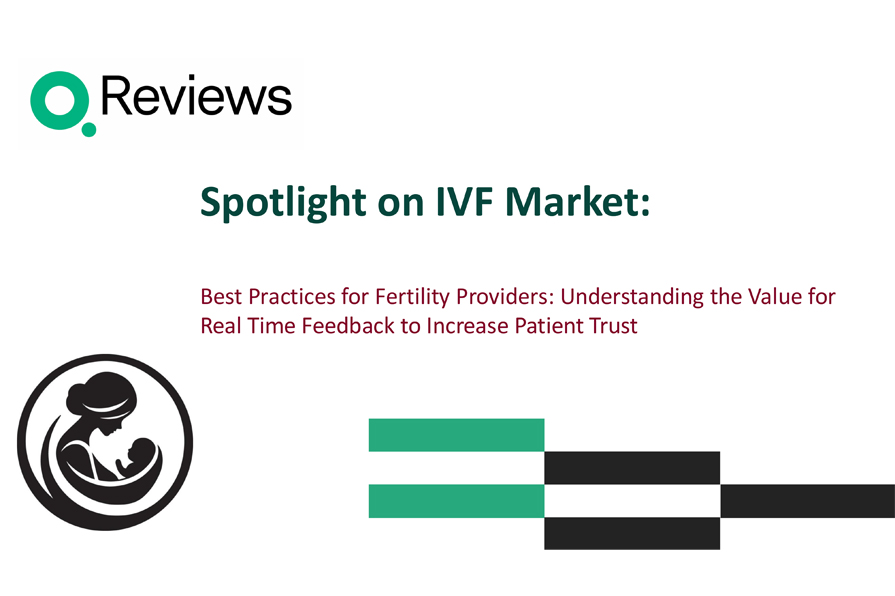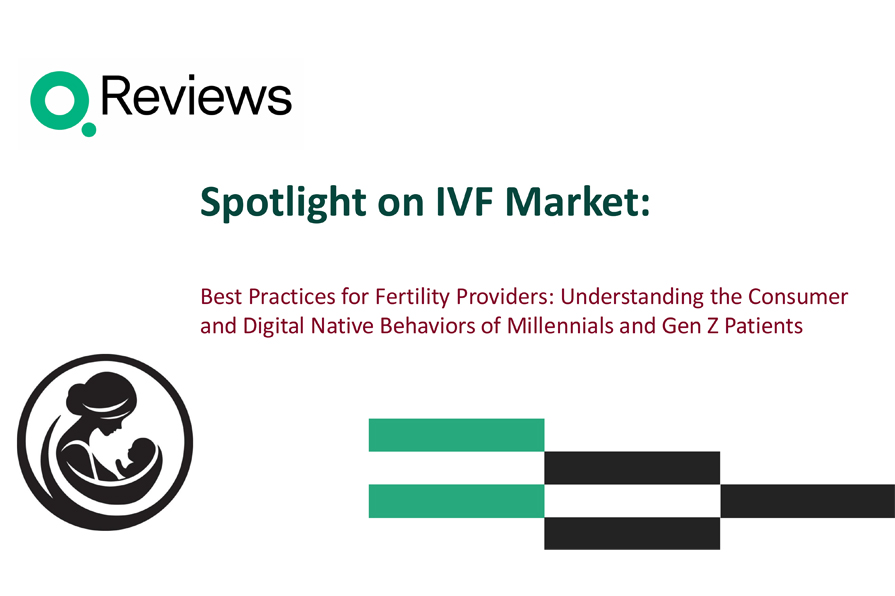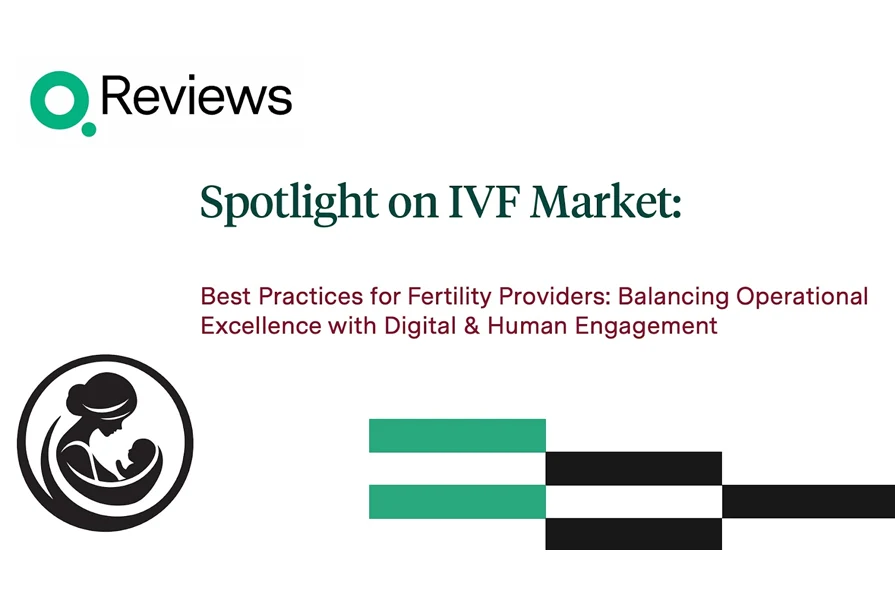
From Burnout to Shortage: Why Technology, Not More FTEs, Is the Workforce Strategy Health Systems Must Embrace

Executive Summary
The U.S. healthcare workforce crisis has shifted from nurse burnout to enduring workforce shortage. Nurse and physician leaders no longer assume that recruiting more FTEs can resolve the problem. The recruitment pipeline is shrinking, travel and contract labor carry cost and cultural burdens, and retention challenges persist. In response, Chief Nursing Officers (CNOs), Chief Medical Officers (CMOs), and Chief Human Resources Officers (CHROs) are recalibrating strategy.
- CNOs are pragmatic adopters: they see voice-to-text documentation and virtual nursing as table stakes, but express hesitancy toward AI-enabled triage and automation that could disrupt bedside workflows.
- CMOs are moderately bullish on clinical decision support and documentation tools, but remain skeptical of AI’s reliability in complex decision-making.
- CHROs emphasize pipeline development and career growth, while acknowledging automation is the only scalable solution in a labor market with finite supply.
Executives share a common recognition: the future of workforce relief lies not in headcount growth but in strategic technology investments that improve clinician engagement, workforce optimization, and patient experience outcomes.
The Shift: From Burnout to Acceptance of Shortage
For years, the narrative was clinician burnout: rising stress, attrition, and moral injury. Today, leaders increasingly accept that shortage is structural, not cyclical. The latest Health Management Academy survey of 52 senior executives shows that staffing costs, workflow disruption, and retention—not burnout—rank among the top five workforce challenges across roles.
This reframing is consequential. Burnout suggested a fixable morale problem. Shortage demands a workforce transformation strategy. As Advisory Board’s Radio Advisory underscored, the workforce pool is dwindling, and “more hiring” is no longer viable. Health systems must instead do more with fewer people—without compromising patient safety, care quality, or caregiver engagement.
Where Executives Are Bullish—and Hesitant—on Technology
Survey data highlight both optimism and caution:
- Bullish Investments
- Voice-to-text documentation technology: 69% of systems already use it, 74% of leaders rate it helpful—earning “table stakes” status for driving care team efficiency.
- Virtual care and telesitting platforms: 64% adoption, easing inpatient monitoring, particularly in high-acuity settings, and enabling scalable patient safety initiatives.
- AI scheduling/staffing tools: Only 28% adoption, but 62% of executives believe they would be helpful—a striking value–adoption gap in predictive workforce analytics.
- Hesitations
- EHR-based predictive analytics: Adopted by 51%, yet only 18% find it helpful, often seen as baseline functionality rather than a strategic investment in operational efficiency.
- AI-augmented triage and messaging: Minimal adoption (8% and 33%) and lukewarm perceived helpfulness (~30%), reflecting clinician mistrust and care team workflow disruption.
- Change management challenges: Particularly for CNOs, who note frontline nurses’ resistance to automation that feels intrusive or threatens professional autonomy.
Executives are willing to invest in adjacent, workflow-smoothing technologies but remain hesitant about AI that could alter or replace core care delivery models.
Technology Gaps That Must Be Closed
The data reveal where solutions lag most urgently:
- AI Staffing and Scheduling Tools
Underutilized but strongly valued. These tools could better allocate limited nursing hours, avoid overtime spikes, and reduce burnout drivers such as unsafe staffing ratios—core to workforce optimization and resilience. - Process Automation for Administrative Tasks
Only 33% adoption despite strong recognition (36% helpful). Automating discharge paperwork, supply management, and routine communications would return precious time to clinicians, driving physician and nurse engagement. - Rounding Tools and Digital Rounding Platforms
Adoption remains low (13% for virtual assistants), but these can ease inpatient burdens by automating patient updates, collecting real-time feedback, and streamlining multidisciplinary rounds. For nurses stretched across high-acuity units, rounding assistants offer relief from non-clinical interruptions while supporting patient experience improvement. - Remote Patient Monitoring and Ambient Sensors
Valuable in extending workforce reach across units, especially in ICUs and hospital medicine. Adoption is uneven, with cultural and technical barriers persisting, but potential for enhancing care coordination and workforce resilience is clear.
Rounding Tools as Workforce Multipliers
In inpatient environments, where shortages are most acute, rounding tools and digital rounding platforms present an underleveraged solution. By standardizing patient check-ins, escalating issues proactively, and offloading routine assessments to digital assistants, rounding platforms reduce preventable interruptions and allow bedside nurses to prioritize high-complexity care.
Moreover, these tools serve a dual purpose:
- For clinicians: Less time on repetitive tasks, more time on direct patient engagement.
- For leaders: Improved visibility into workforce allocation and real-time patient needs, enabling smarter staffing decisions through predictive workforce analytics.
When deployed thoughtfully, rounding platforms can reshape inpatient team dynamics, improving patient safety, advancing nurse resilience strategies, and addressing the root causes of both burnout and shortage.
Conclusion: Technology as the Workforce Strategy
Health system leaders now recognize that the workforce crisis is not about waiting out burnout but planning for persistent shortage. Recruitment pipelines cannot refill at the pace needed, and reliance on contract labor is costly and culturally destabilizing.
The only scalable strategy is technology investment aligned with clinician engagement and workforce transformation goals. CNOs, CMOs, and CHROs will need to overcome skepticism, manage change carefully, and prioritize solutions that demonstrate measurable ROI in workforce resilience, patient safety, and clinician experience.
In the words of one nursing executive: “A virtual nurse cannot take a patient to the bathroom—but it can give the real nurse more time to be there when it matters.”
The call to action is clear: healthcare must shift from viewing technology as a long-term experiment to treating it as the immediate lever for workforce resilience, care team efficiency, and patient experience improvement in an era of permanent shortage.
Click here on how the Q Rounding is Supporting the Workforce shortage








